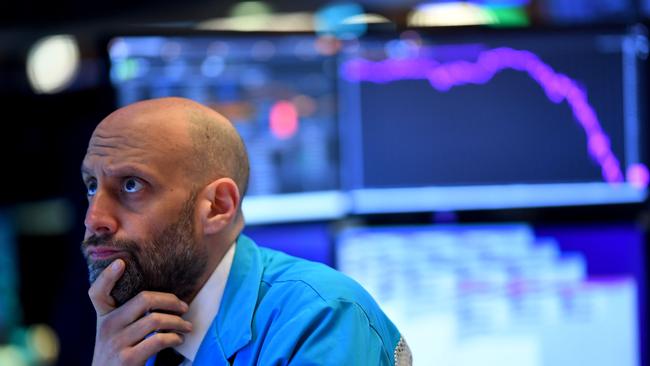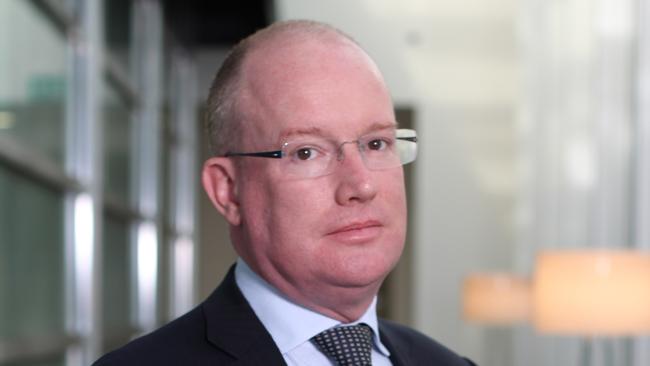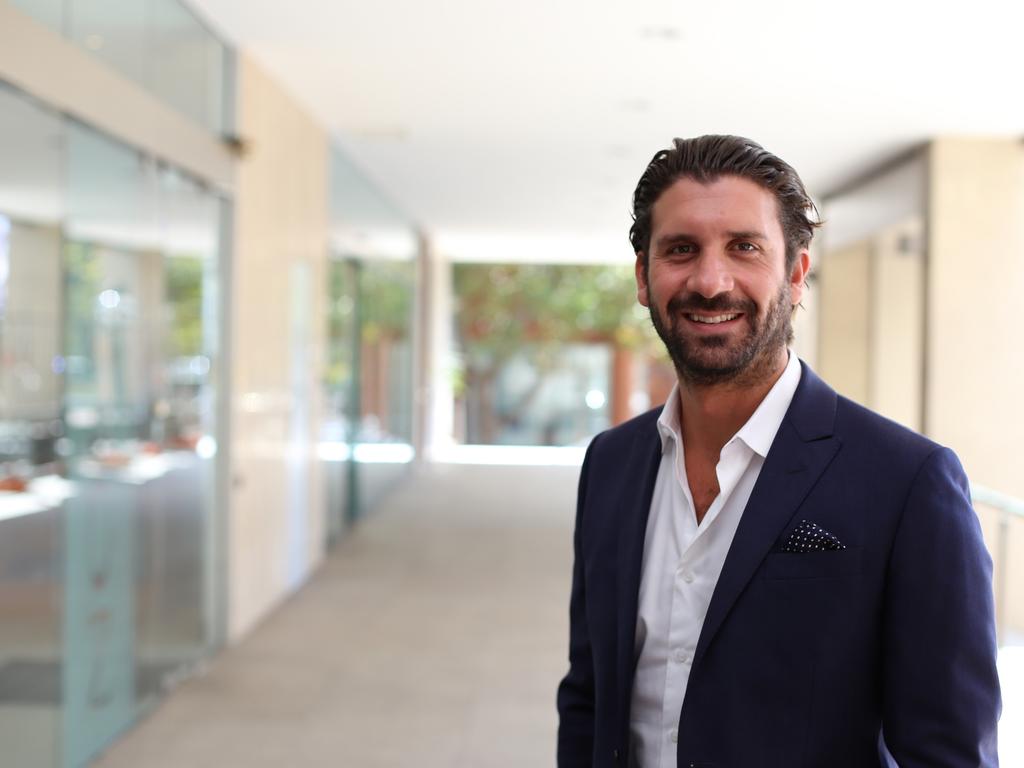Janus Henderson’s David Elms talks up ‘protection strategy’
Portfolio diversification alone doesn’t give investors enough protection from drawdowns, says Janus Henderson’s David Elms.

Portfolio diversification alone doesn’t give investors enough protection from drawdowns in highly correlated markets, says Janus Henderson’s David Elms.
The head of diversified alternatives for the active $US370bn ($554bn) global fund manager says the sharp drawdowns across asset classes that happened during the coronavirus bear market this year showed it’s also important to have an “explicit protection strategy”.
“The critical issue here is that in normal environments it’s relatively easy to achieve diversification and anybody can take risk and produce returns in normal environments,” says Elms ahead of the Australian launch of Janus Henderson’s Global Multi-Strategy Fund via a unit trust.
“But the trouble in stressed environments like we saw in the depths of March are that all risk assets become correlated and all head south at the same time.
“This is the biggest problem for investors — managing equity correlation in particular.
“You want your alternative portfolio to be a safe harbour rather than something that gets killed when your equities get killed.”
The Global Multi-Strategy Fund — a hedge fund started in 2006 — has maintained positive returns this year, in line with its objective to make an absolute return regardless of market conditions.

The MSCI All Country World index is down 9 per cent for the year, and the global benchmark was down as much as 33 per cent at its low in March.
Of more concern was a near- simultaneous sell-off in supposedly uncorrelated assets including government bonds and gold. It would have been much worse if not for unprecedented central bank measures and government support, which will be hard to unwind without hitting asset prices.
“We’ve worked very long and hard on how to deal with that issue,” Elms says.
“Diversification is a start but it’s not enough. What we think you need is an explicit protection strategy, which is probably one of the biggest differentiating features of what we’re doing.”
The Australian unit trust will gain its investment exposure by buying units in an underlying UCITS (undertakings for the collective investment in transferable securities) fund in Europe; which effectively replicates the exposure to the underlying investments held.
The costs will be covered in the overall fixed fee of 1.07 per cent per annum, including management costs of 0.9 per cent and indirect costs of 0.17 per cent per annum.
While the expanded access to the 15-year-old strategy was in the works before the coronavirus pandemic hit this year, the chaotic sell-off has highlighted its protective capability.
The fund is heavy on derivatives and in that regard it’s important to have protection in place. As 1987 showed, massive drawdowns can occur virtually overnight.
“If you buy your insurance when you can hear the hurricane in the background then the insurance is very expensive and it’s very hard to make money out of it,” Elms says.
“So the important thing is for you to think about insuring and protecting your portfolio in a calm, sunny environment, and at that point you’re able to buy the insurance at a reasonable price, rather than paying through the nose for it and being in a situation where it’s hard to make money out of it.”
Central bank liquidity has driven markets up at times since the global financial crisis and that seems to have been the case since the Fed and ECB restarted unlimited quantitative easing in March. But Elms says something else has permanently changed the risk management landscape.
“The reason that we have this correlation in down markets is largely a function of quantitative risk management, where if you have a problem with one area, it boosts your portfolio’s volatility and you control that by taking capital out of all asset classes,” he explains. “So, what that does is create contagion across asset classes which we saw in 2008.”
Elms says the behavioural link can be traced back to risk management practices that have wider consequences when everybody is using the same model and behaving the same way.
“As quantitative finance took hold in the early 1990s, if you were slightly quantitative you were viewed with suspicion by the old guard … but today that’s the norm nearly 30 years down the track.
“Most risk management starts with a quantitative basis and when everybody is doing it the same way, you influence the market by your actions. This is one of the challenges that we face, it’s the feedback between market prices and behaviour of strategies.”
The fact that his fund has essentially zero correlations with global equities is a key differentiator. “It’s easier to make money if you’re carrying equity beta and the market goes up but it’s hard to make money when the equity market goes down and that’s the thing that we’ve strived for — positive returns when markets have significant drawdowns.
“That’s the nirvana for alternative managers.”








To join the conversation, please log in. Don't have an account? Register
Join the conversation, you are commenting as Logout